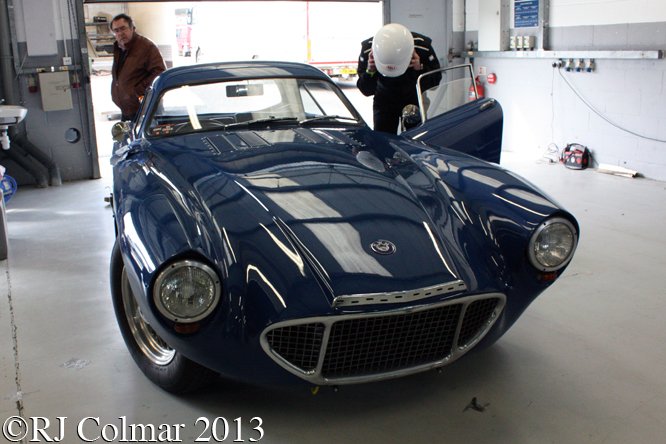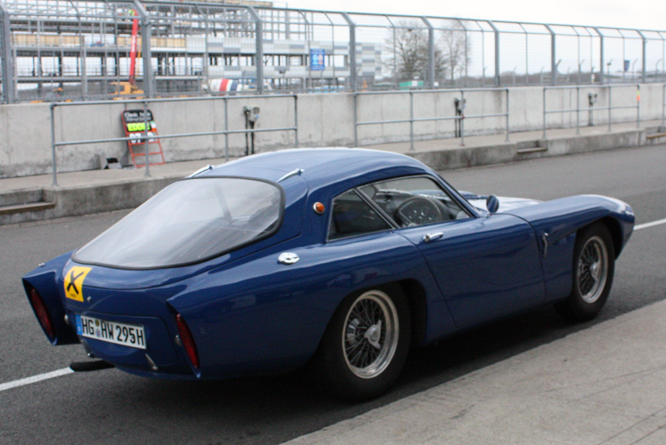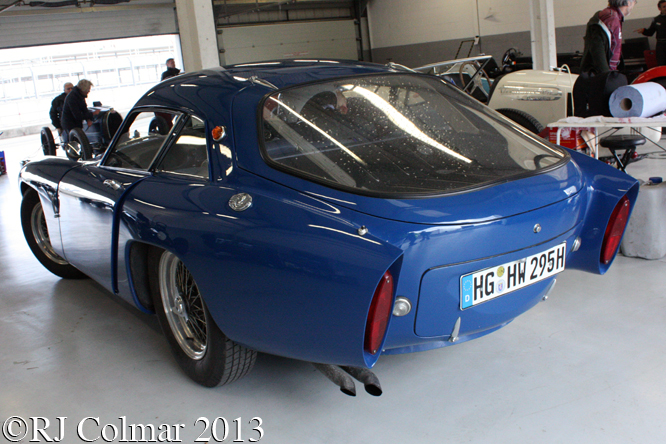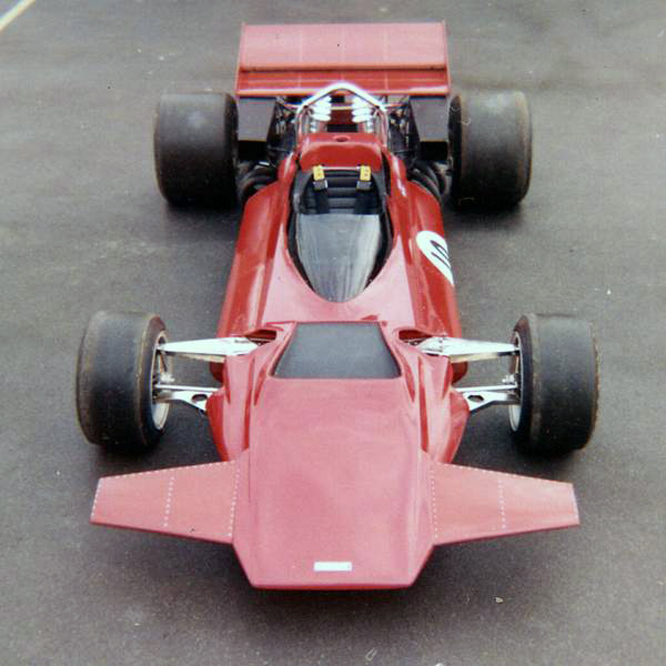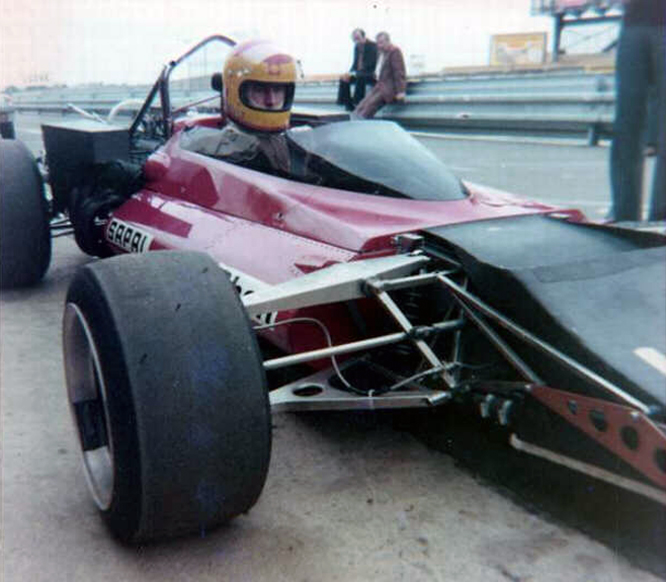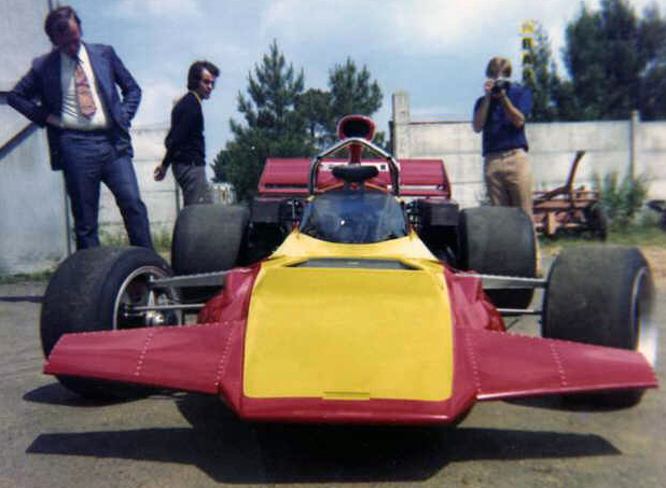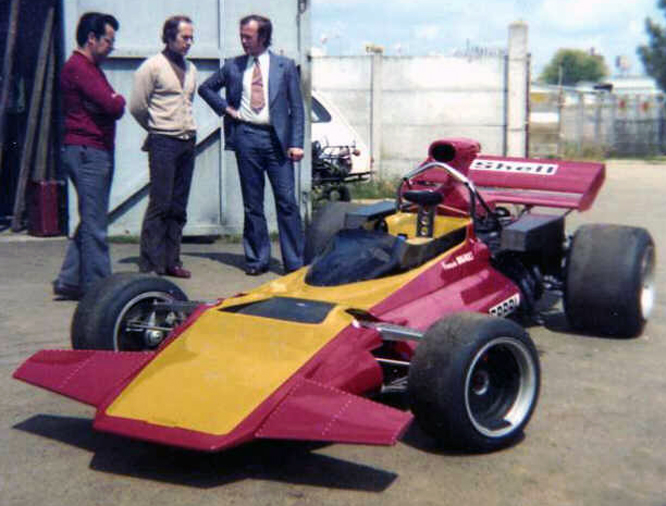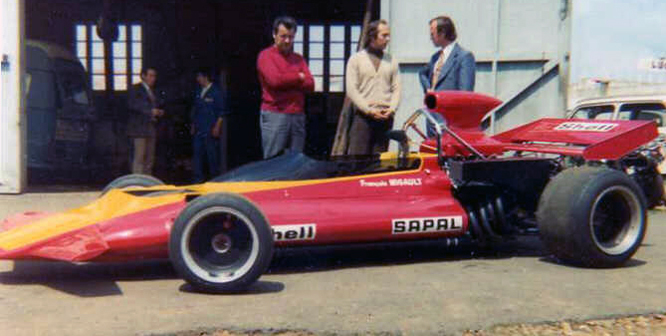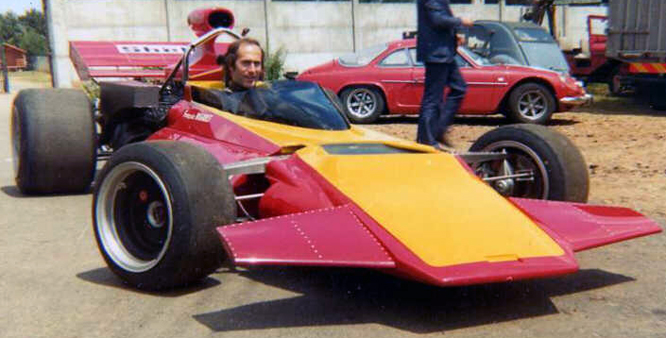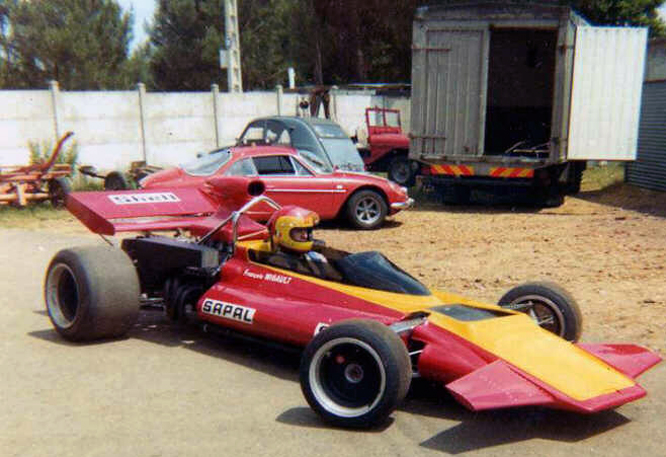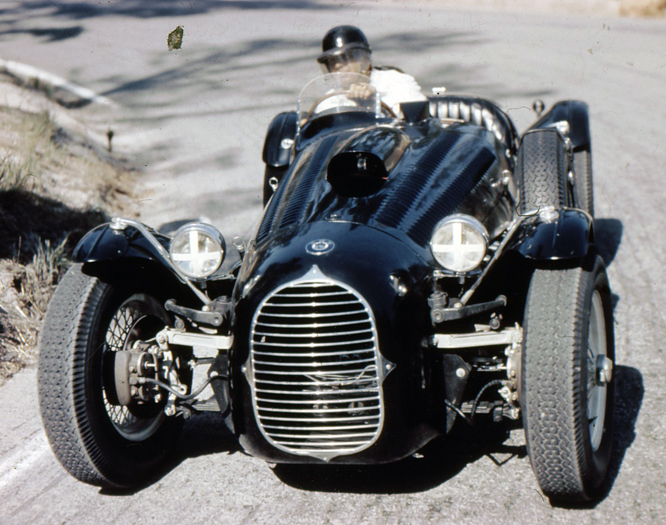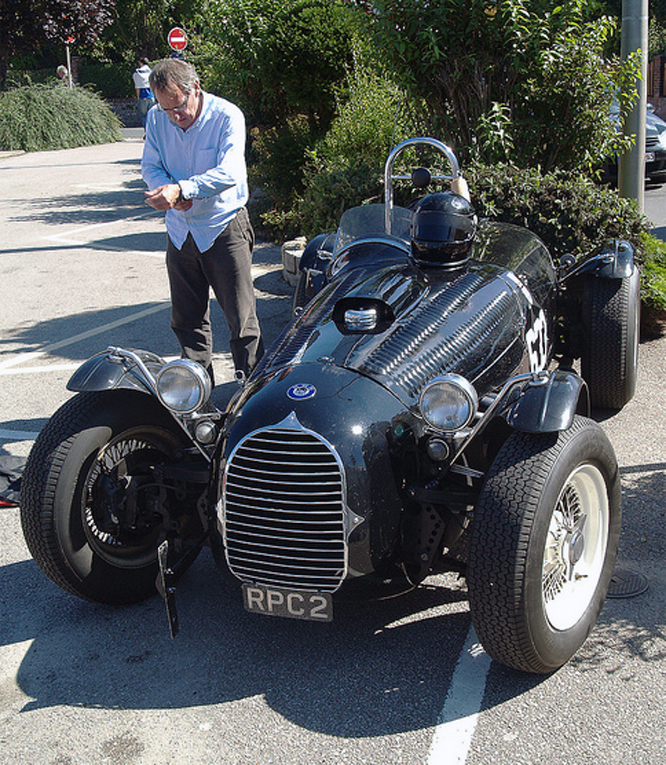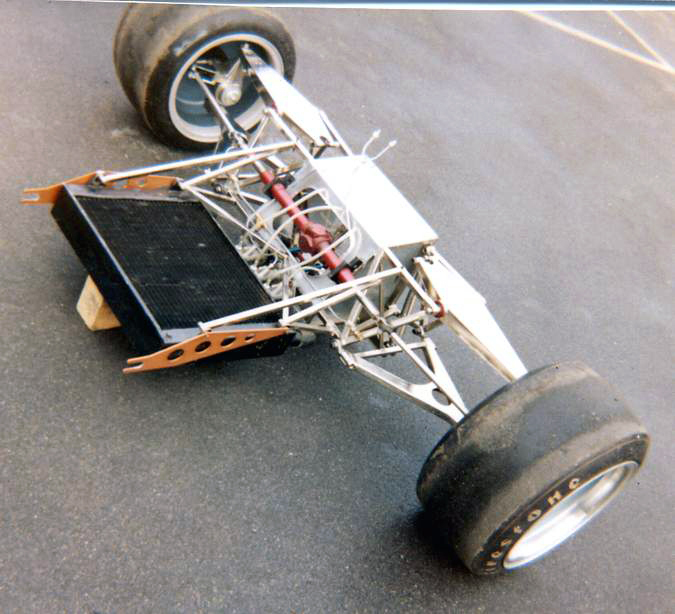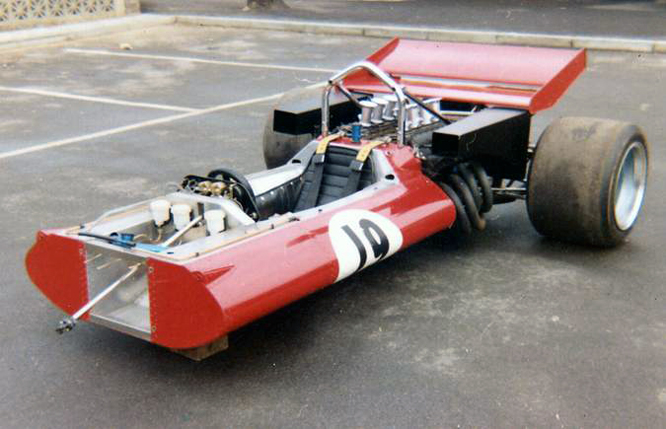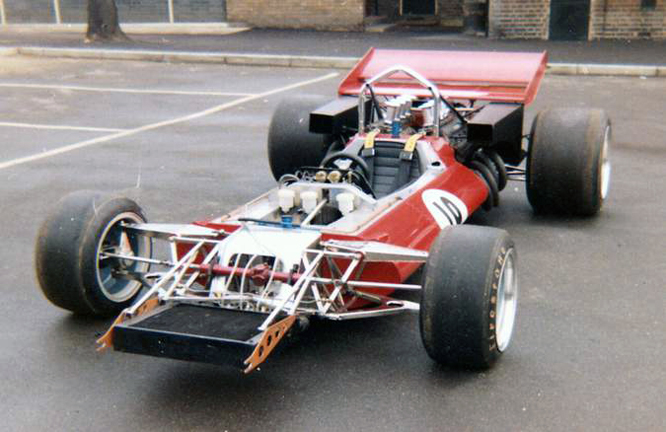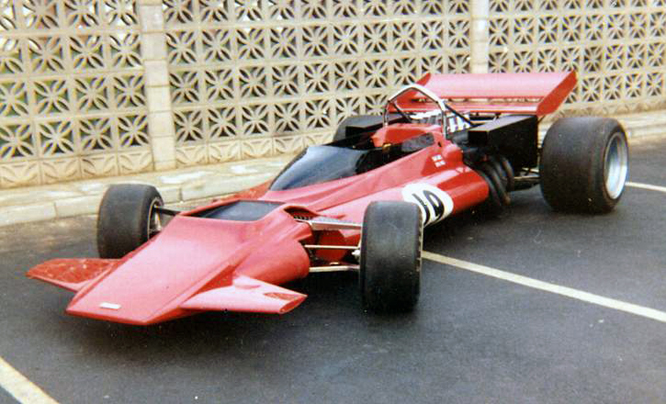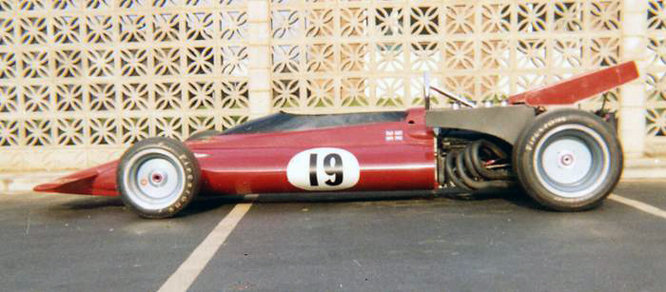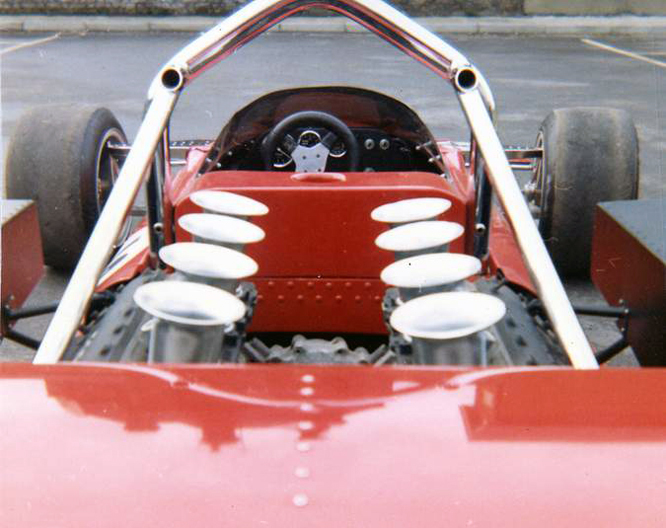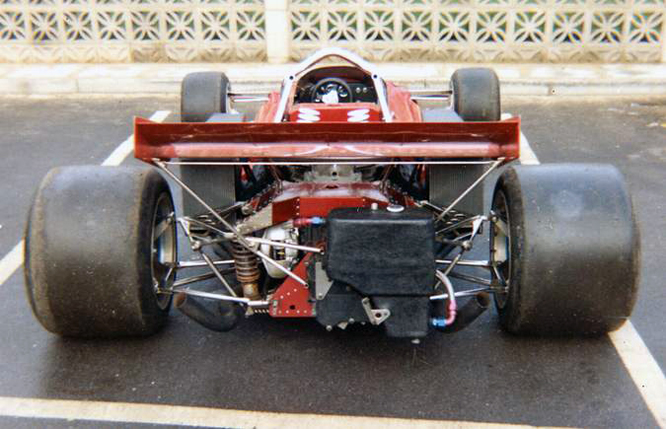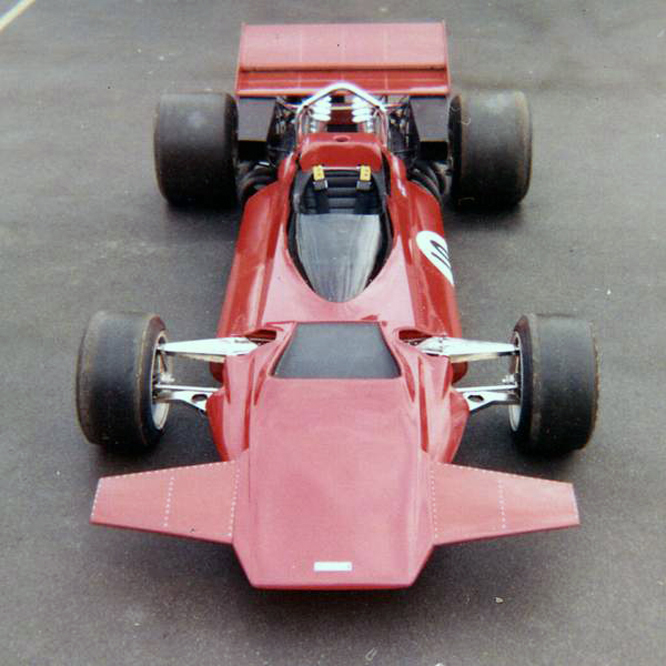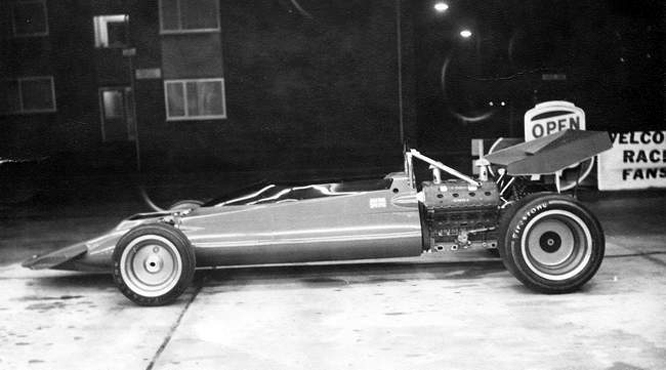On the 23rd of April 1965 Peugeot launched it small front wheel drive family car the 204 powered by a 53 hp motor that would be fitted to a range of body styles that included a sedan/saloon/berline, convertible/cabriolet, hatchback/coupe, estate/wagon, and a van.
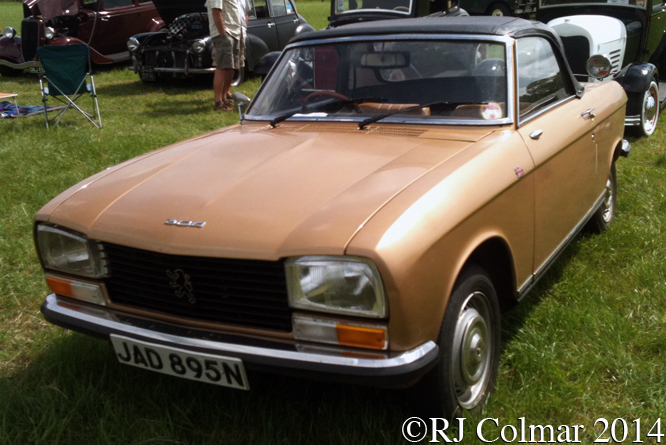
Between 1969 and 1971 the 204 was the best selling car in France and leading up to this success Peugeot spotted a gap in the market for a mid size car that was larger than the 204 but smaller than the large rear wheel drive 504 that had been voted European Car of the Year upon it’s launch in 1968.
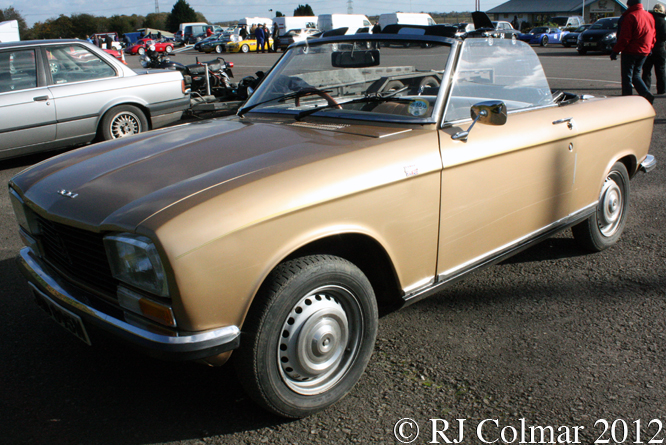
The mid size 304 shared many features with the 204 including it’s drive train with a by now uprated 65hp engine, mid chassis pan and front doors, all of which saved tremendous costs and increased the viability of the 304 which was styled by Pininfarina to mimic the larger 504 with a larger rear over hang than the 204.
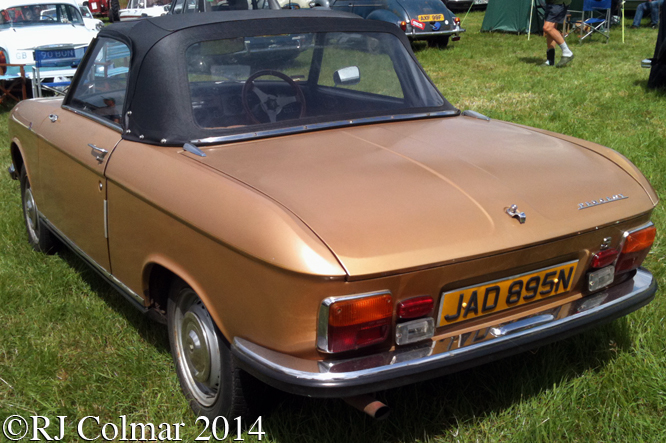
The 304 was launched in 1969 with fully independent suspension, floor mounted gear shift, front disc brakes and head lights that could easily be adjusted for driving on the left or the right according to the local market needs at the point of sale.
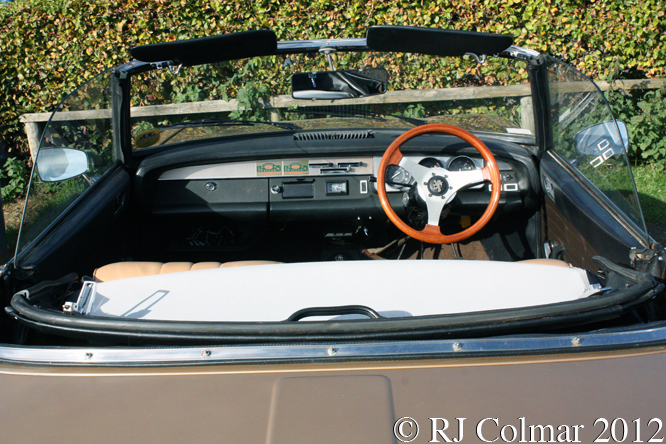
The cabriolet 304 was introduced in March 1970 alongside a coupé both of which replaced equivalent 204 models in the Peugeot range.
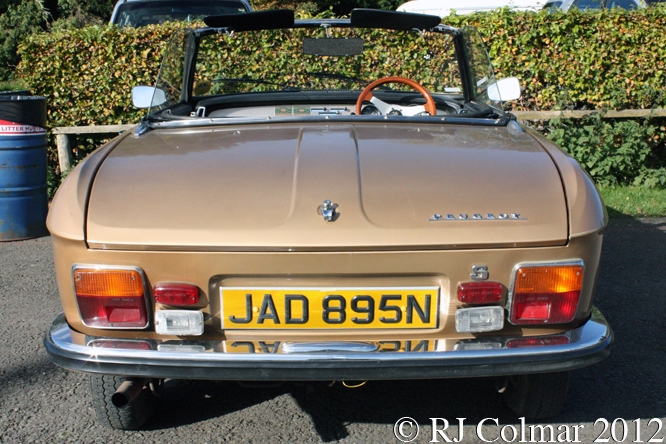
In March 1972 the 304 Cabriolet and Coupé were the first to receive a further uprated ‘S’ motor with a a twin choke/twin barrel carburetor that produced 75 hp, however these two models were deleted from the Peugeot range and not replaced in July 1972 and August 1973 respectively, almost certainly as a result of the recession which stalled global economies as an outcome of the oil crisis. The estate / wagon continued in production until 1980 by which time a new 305 series had been introduced to replace it.
Today’s featured 304 Cabriolet seen at Castle Combe with the roof down and at the South Gloucestershire Stationary Engine Club Rally, Coalpit Heath, Gloucestershire was one of the last to be built and not registered in the UK until May 1975 nearly three years after it had been built.
Thanks for joining me on this “Twin Barrel Carb” edition of “Gettin’ a li’l psycho on tyres” I hope you will join me again tomorrow when I’ll be visiting a Golf Mk IV owners camp. Don’t forget to come back now !


